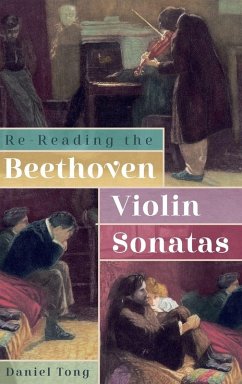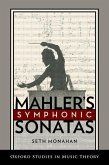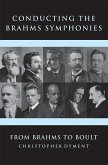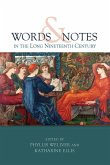New readings of the ten Beethoven sonatas for piano and violin, embracing both the performer's interpretation and the analyst's rigour. This book provides new readings of the ten Beethoven sonatas for piano and violin, many of which have been given surprisingly little attention by scholars to date. This may be because nine of the sonatas are relatively early works, written between 1797-1803, with only the final sonata, Op.96 (1812) standing apart. However, within these ten works, Beethoven demonstrates numerous aspects of his musical personality and compositional style. The analyses in this book engage with postmodern concerns such as hermeneutics, intertextuality, gender, humour, narratology and human interest, revealing characteristics within these sonatas that have been slow to come to light. Here are examples of the Beethovenian narrative that do not always encapsulate heroic struggle and triumph; in many of the sonatas we find a witty, smiling composer, at odds with the growling Beethoven iconography. Works within the violin sonata cycle interrogate the hypermasculine Beethoven trope, before the last sonata is explored via a host of intertextual relationships with a body of early Romantic repertoire that emerged after Beethoven's death. Embracing both the performer's interpretation and the analyst's rigour (or vice versa), this work offers methodologies for performer's analysis whilst acknowledging that both disciplines are essential to any project that seeks to address the nature of music as it is experienced in time.
Bitte wählen Sie Ihr Anliegen aus.
Rechnungen
Retourenschein anfordern
Bestellstatus
Storno








